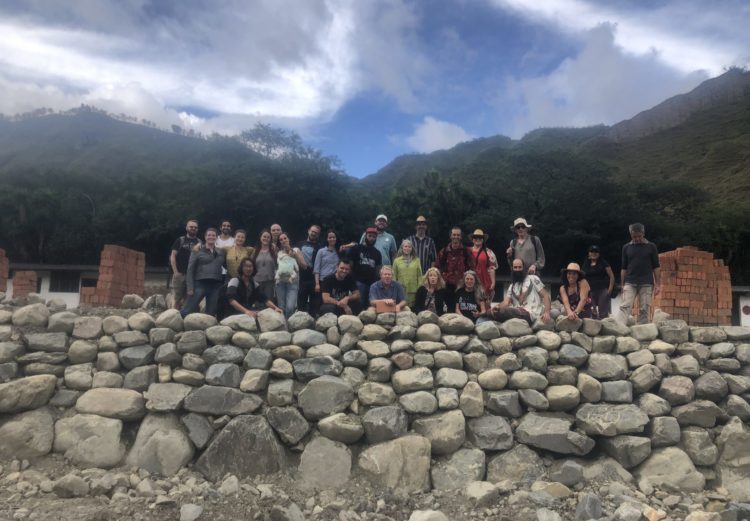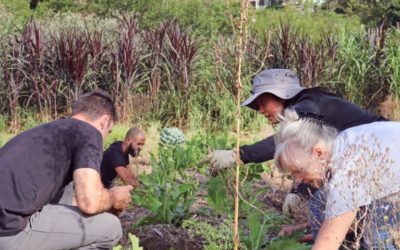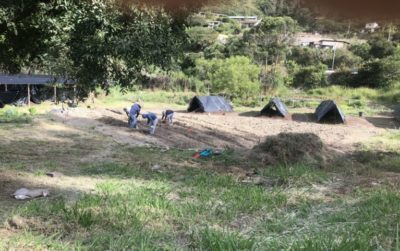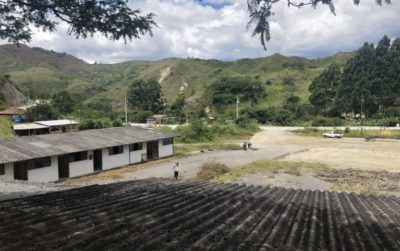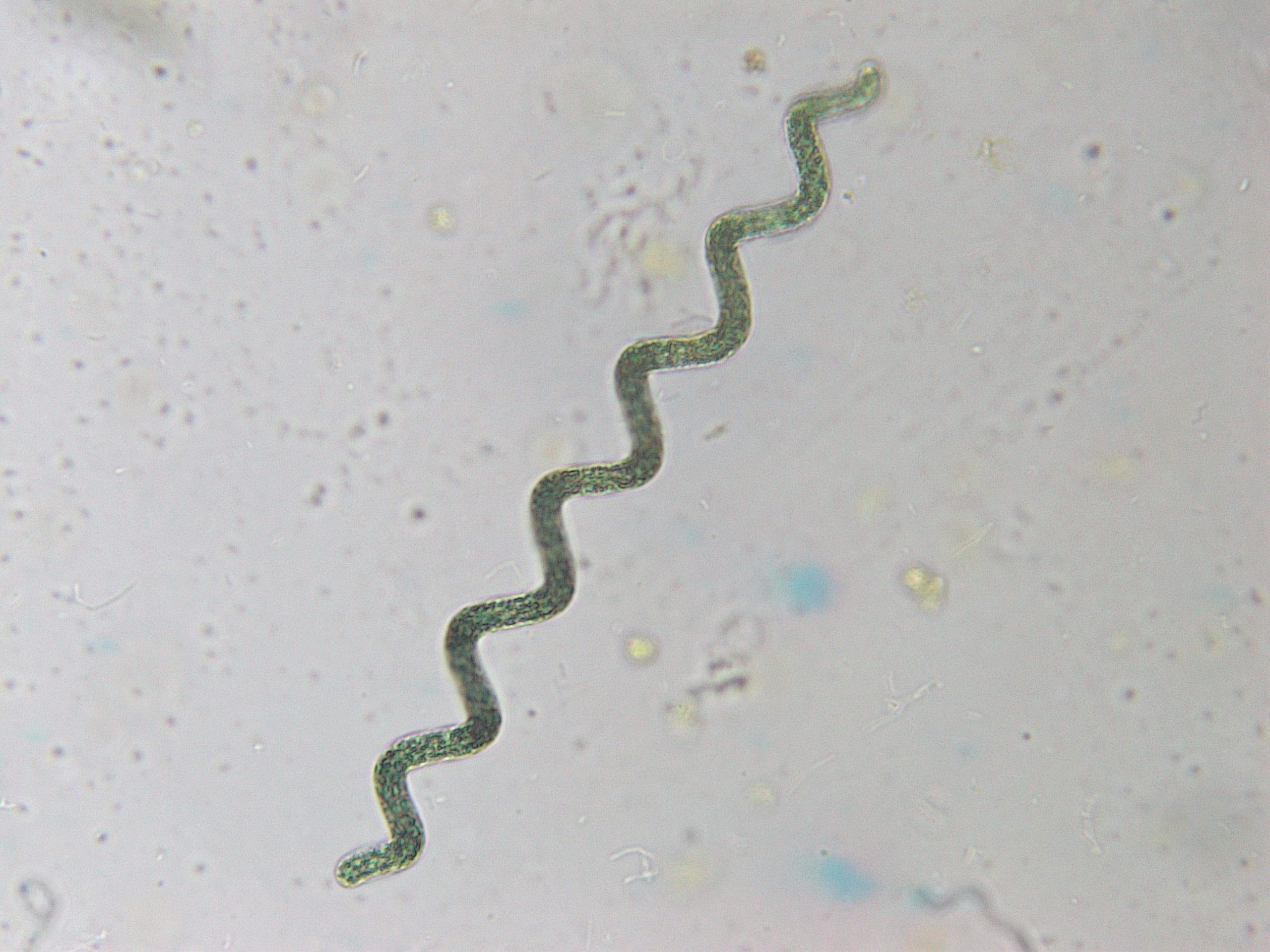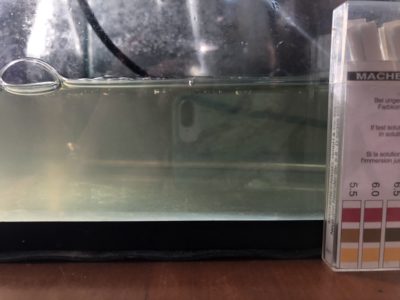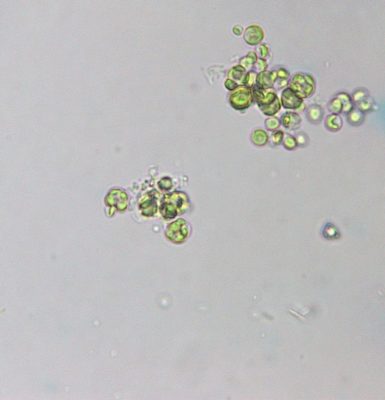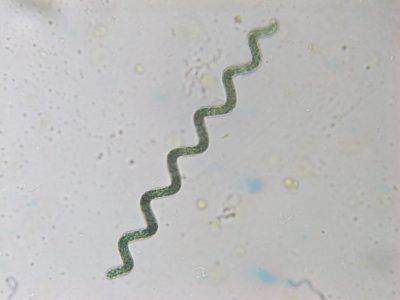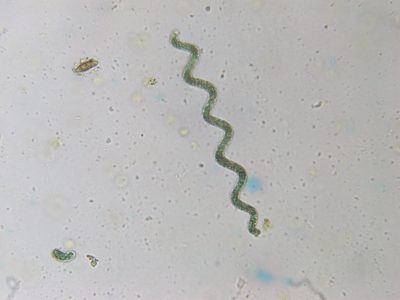Living Ground Symbiotic Muse
Living Ground is an ongoing creation using symbiosis as an anchor for operation. Symbiosis is explained as a mutualistic relationship that benefits all. And, it goes deeper than that as it creates tensions. We observe the micro-world to discern our formation, and things are not always what we assume or want them to be.The microbiomes (biomes of the unseen world) hold secrets and widsom we are only discovering. If we look at the biomes of soil, water, air or the human being, it isn’t always in harmonious cooperation. Cooperation is more like an inherent tension. Most functioning partnerships arise from inherent tension.
There is a lesson in this knowledge. Microbes can be pathogenic and mutualistic at the exact same time. For example, the stomach bacterium Helicobacter pylori is the cause of ulcers and stomach cancer. Yet, it also protects against oesophageal cancer. Actinobacteria is a bactera that works mutally and beneftis the Brassica plants but it will kill a root crop or other vegetables. So it is neither a good nor a bad microbe; it’s both. In the correct places and in balance, a pathogen can become mutualistic.In my studies with Dr Elaine, we learned how to identify the “good from the bad” in soil science. The “bad” are labelled as pathogens and parasites. And, yet, the soil food web, like the human microbiome, is also a symbiosis where some microbes partner in a tension — one consuming the other. As a human, I consider those who get consumed may not feel mutualistic with the predators. And, that mutual tension of eating each other is how nutrients are rendered soluble for the plant. It leaves one wondering perhaps symbiosis is a necessary conflict and a conflict that might never be resolved? The microbes do give their life for the benefit of those up the food chain.The symbiotic relationships can, however, be managed and stabilised which is what we are attempting in our soil work and the investigations on-going with the human biomes.
Our internal biology or the bioldoy of the soil has no ideology of ‘good’ and ‘bad’ microbes. They evolve to work together. There is a conflicting symbiosis happening all the time.The work is more about developing solutions to the ever-present conflicts that exist with our microbes. The human reasoning function (science) is much like an enforcement of our contracts with them. We restrict them to certain parts of our bodies by creating physical and chemical no-go zones. We are learning to nurture the species we want, using dedicated foods. We empower the immune system to keep the good guys in higher numbers. We are selecting which species lives with us for our benefit. It is a dance of symbiosis.
HG Wells wrote about this in 1930 in The Science of Life: “Every symbiosis is, in its degree, underlain with hostility, and only by proper regulation and often elaborate adjustment can the state of mutual benefit be maintained. Even in human affairs, the partnerships for mutual benefit are not so easily kept up, in spite of me being endowed with intelligence and so being able to grasp the meaning of such a relation. But in lower organisms, there is no such comprehension to help keep the relationship going. Mutual partnerships are adaptations as blindly entered into and as unconsciously brought about as any others.”I muse: are we still in a controlling phase? Perhaps this means of control reflects the true lesson arising behind the microbiomes of life. Nature is not inherently harmonious and cooperative, but that all the best relationships have tension and take work. Symbiosis is tension, and tension is good |



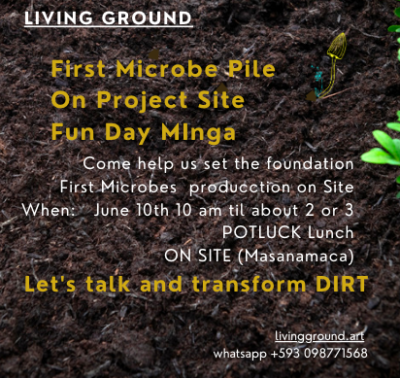
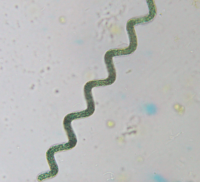 One of the PODS of the Living Ground Project is to create the world’s most amazing foods. The gardens are growing, and we have recently hired another local who is in training to learn the art and science of Microbes. We welcome Jenny to our team. One of my favorite PODs we are creating in the Living Ground Project is the Commercial Kithen and Apothecary Pod. This is the POD that will alchemize the food and medicinal plants from the Microbe Rich Soils to create amazing, nutritious and beneficial products. Basically our aim is to make the world’s best food ever! Over the past 3 years, I have attempted to secure the “cultures” for Spirulina and Chlorella. Five attempts! All attempts failed whether it was because they were forgotten and never travelled or the culture was not viable by the time it arrived. That changed this week! Cultures of both were delivered and I anxiously looked under the microscope to see the living evidence they were viable and usable. They were!
One of the PODS of the Living Ground Project is to create the world’s most amazing foods. The gardens are growing, and we have recently hired another local who is in training to learn the art and science of Microbes. We welcome Jenny to our team. One of my favorite PODs we are creating in the Living Ground Project is the Commercial Kithen and Apothecary Pod. This is the POD that will alchemize the food and medicinal plants from the Microbe Rich Soils to create amazing, nutritious and beneficial products. Basically our aim is to make the world’s best food ever! Over the past 3 years, I have attempted to secure the “cultures” for Spirulina and Chlorella. Five attempts! All attempts failed whether it was because they were forgotten and never travelled or the culture was not viable by the time it arrived. That changed this week! Cultures of both were delivered and I anxiously looked under the microscope to see the living evidence they were viable and usable. They were! 

